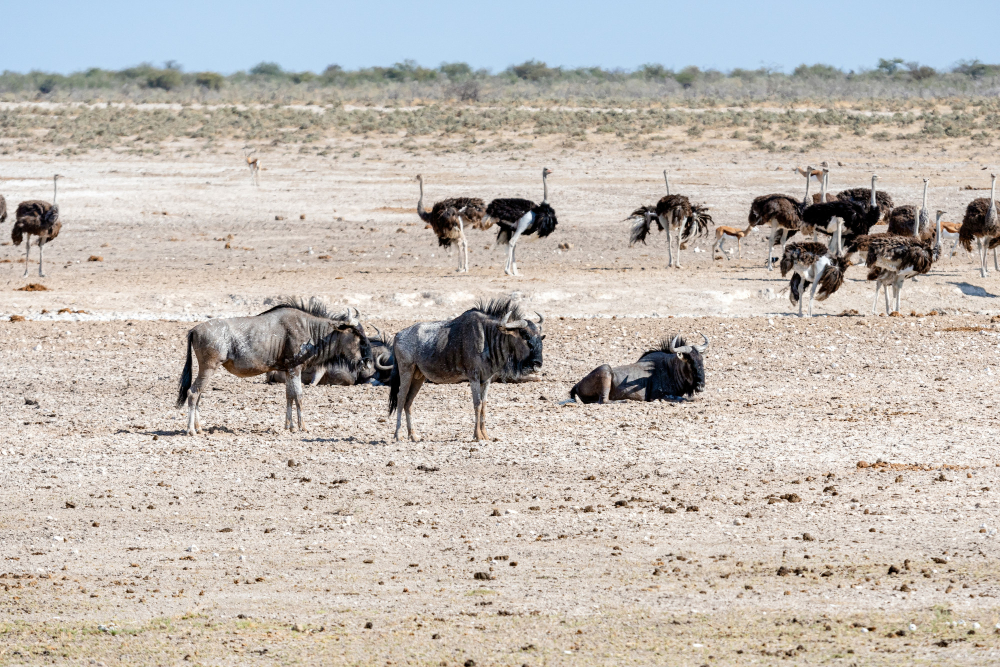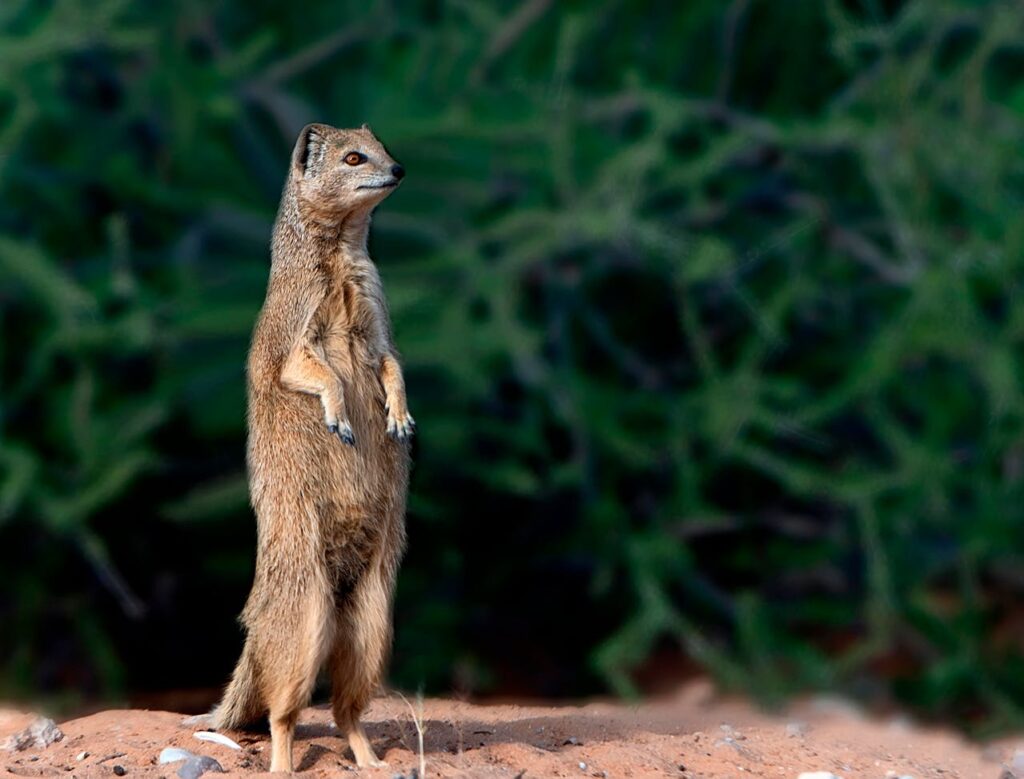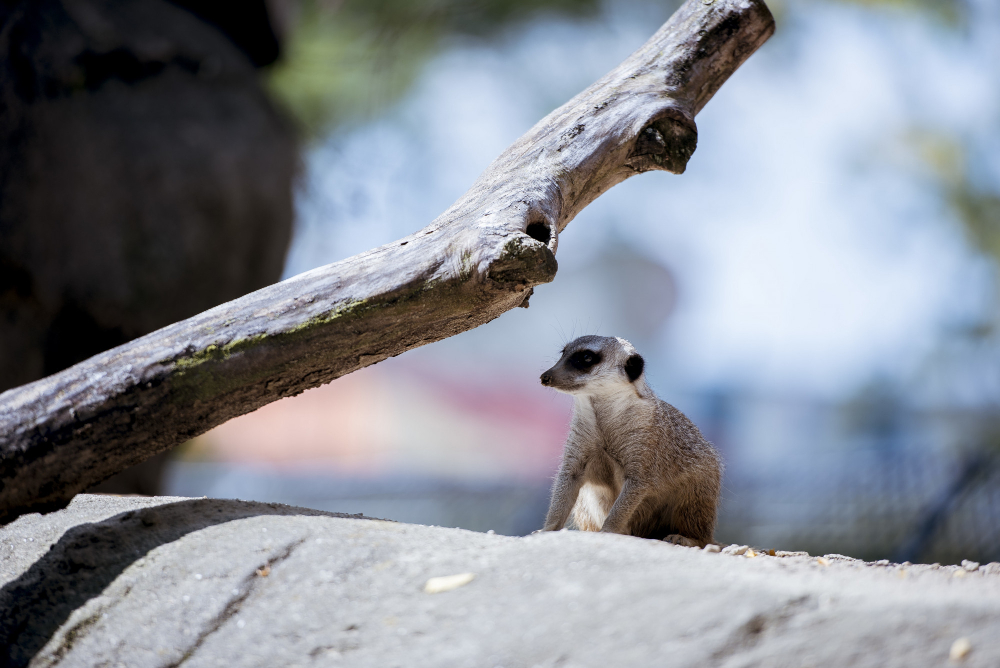Kalahari’s Seasonal Wonders: Best Times to Visit for Wildlife and Blooms
The Kalahari isn’t a static desert—it shifts with the seasons, revealing new beauty and life depending on when you arrive. For travellers planning a safari, the timing of your trip can shape what you see, hear, and even smell. Kalahari’s seasonal wonders abound for those who know when to visit, whether you’re chasing animal encounters or the brief blush of desert flowers.
Dry Season Drama: Wildlife at Its Most Visible
From May to October, the Kalahari’s dry season delivers open skies and crisp mornings. With water in short supply, animals cluster around known waterholes. This is the best time to spot predators in action or catch antelope herds moving across the plains. Dusty landscapes sharpen the silhouettes of giraffes and springboks at sunset, offering photographers ideal light and clarity.
Travel becomes easier too. Roads remain dry and game drives stretch longer without the heat weighing you down. For those keen on pure wildlife viewing, this is when the Kalahari’s rhythms become bold and visible.

Wet Season Bloom: Colour and Contrast
Then comes the transformation. Between November and April, summer rains wake the desert. Grasses turn green and wildflowers bloom in soft bursts of colour across red sand. This is when the Kalahari shows its gentler side.
While some roads become harder to navigate, the rewards are striking. Migratory birds arrive in full display, and the landscape hums with fresh energy. Calving season also brings a surge of young animals and renewed predator activity. These seasonal wonders give the desert a short-lived vibrancy that feels almost magical.

Plan by What You Want to See
For wildlife lovers, dry season safaris promise action and clear views. If you’re drawn to scenery, desert flowers, or rare green backdrops, aim for the rainy season. No matter the timing, Kalahari’s seasonal wonders offer something unforgettable to each visitor.
Each visit reveals a different mood, shaped by weather, light, and the movement of animals. Whether it’s the still drama of a dry sunset or the brief, lush bloom after rain, the Kalahari rewards those who follow its seasons.

